How to sync Notion and Postgres with Whalesync
-(1).avif)
Create a real-time, two-way sync between Notion and Postgres
1 min read
Oct 13, 2022
Step-by-Step Demo
1. Create a new Sync
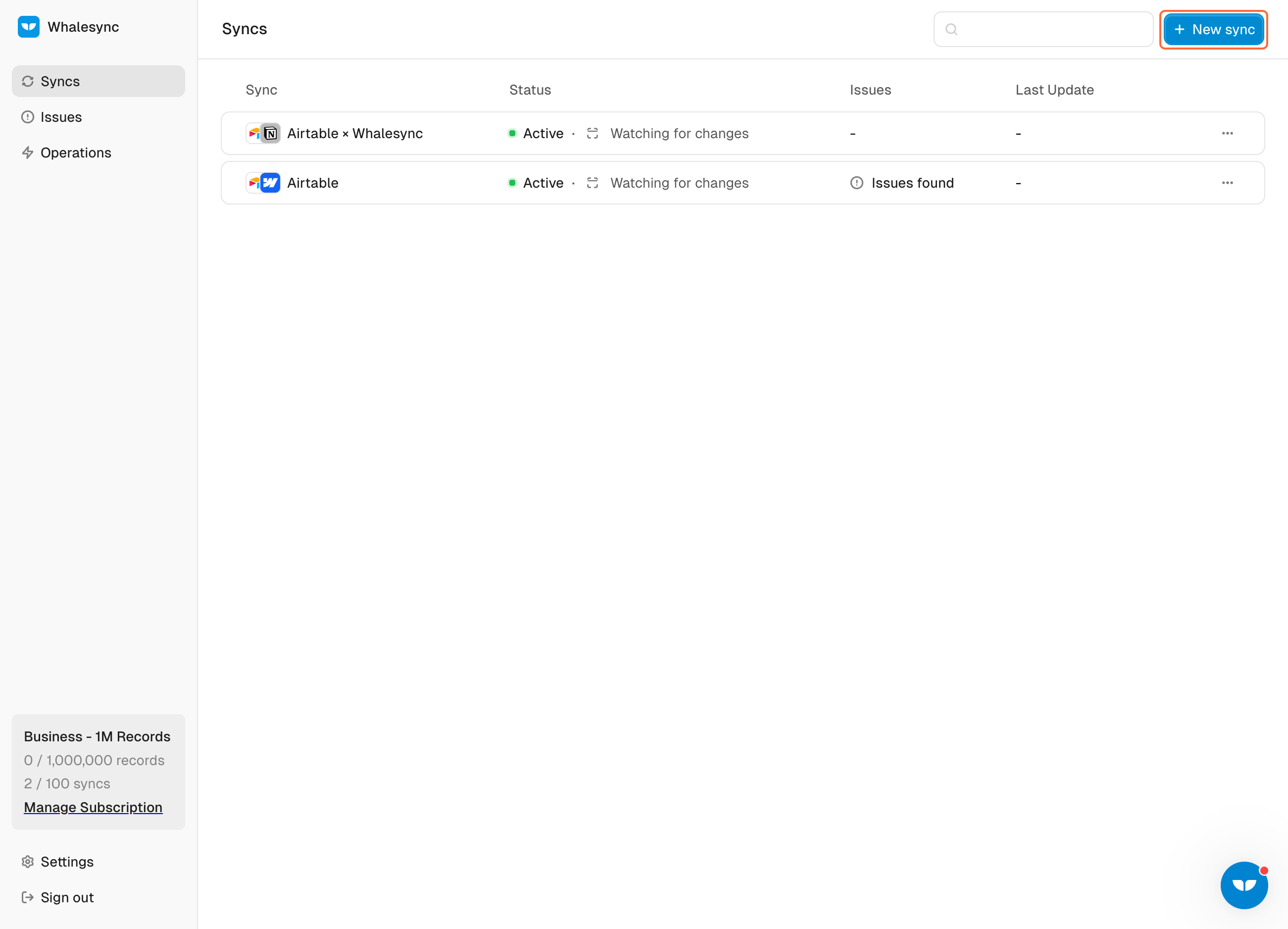
2. Select your first app - Supabase

3. Click on Authorize
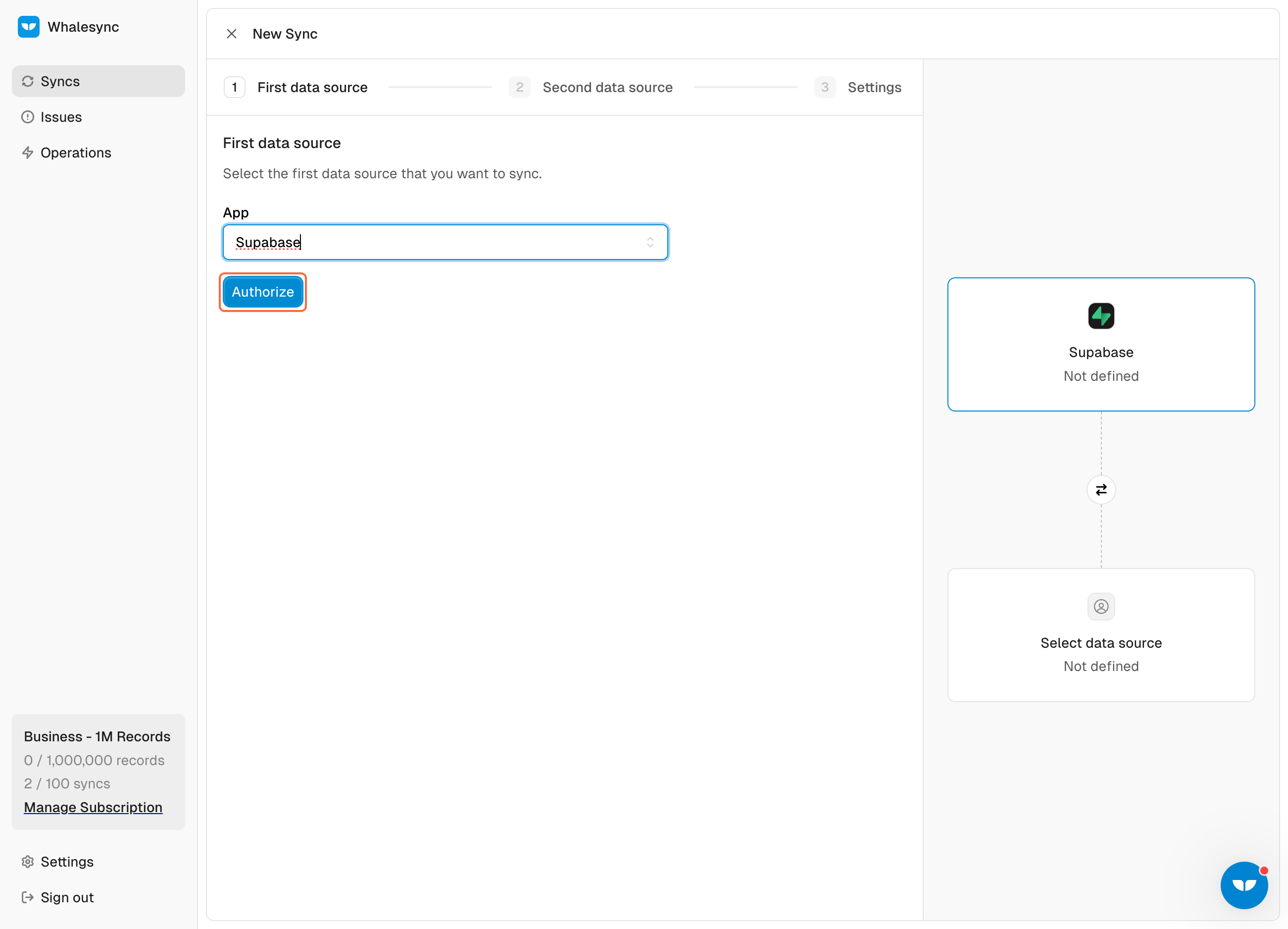
4. Go to Supabase and copy your Connection String
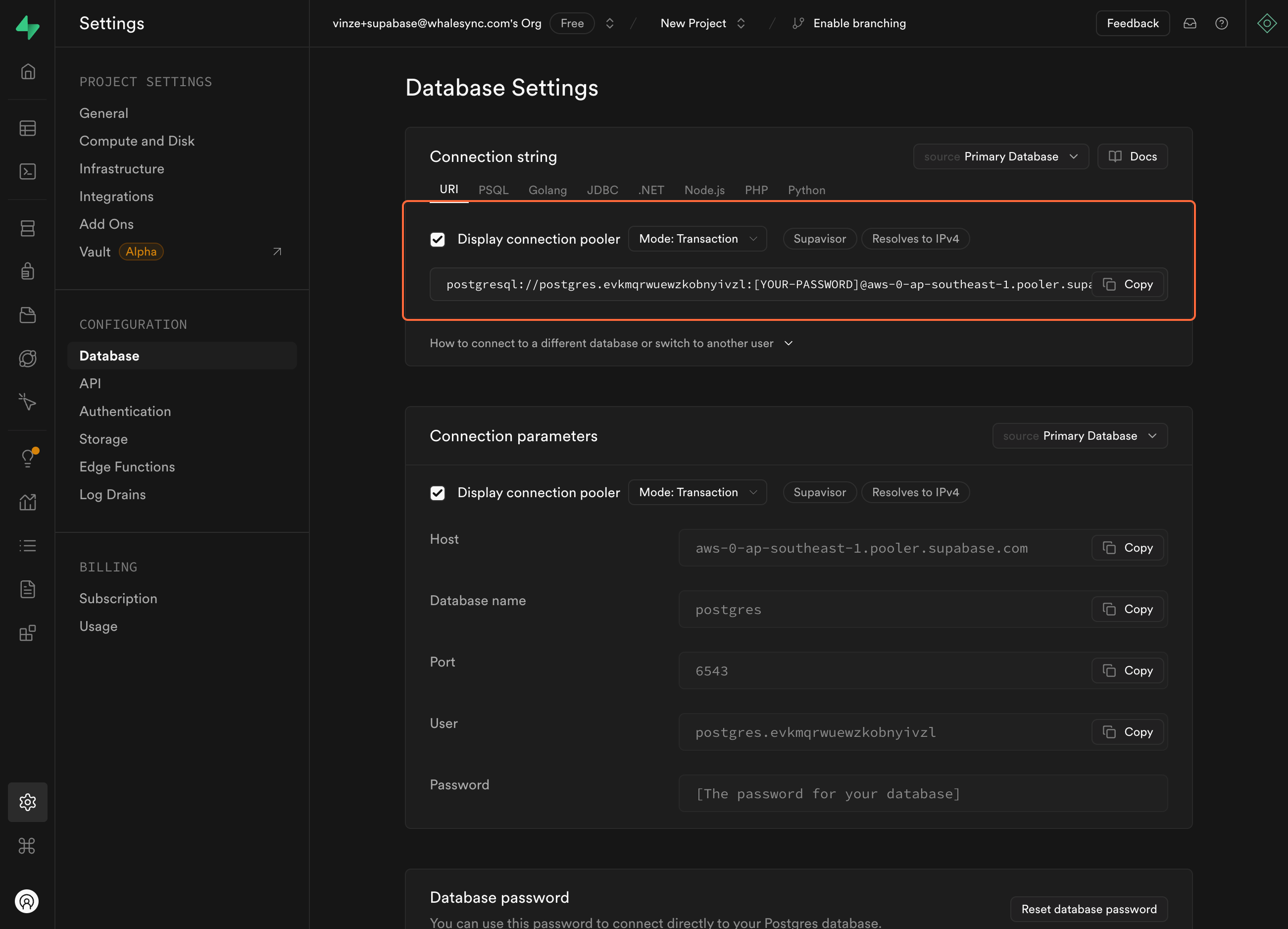
5. Paste on Whalesync and make sure to change [YOUR PASSWORD] with your project password.
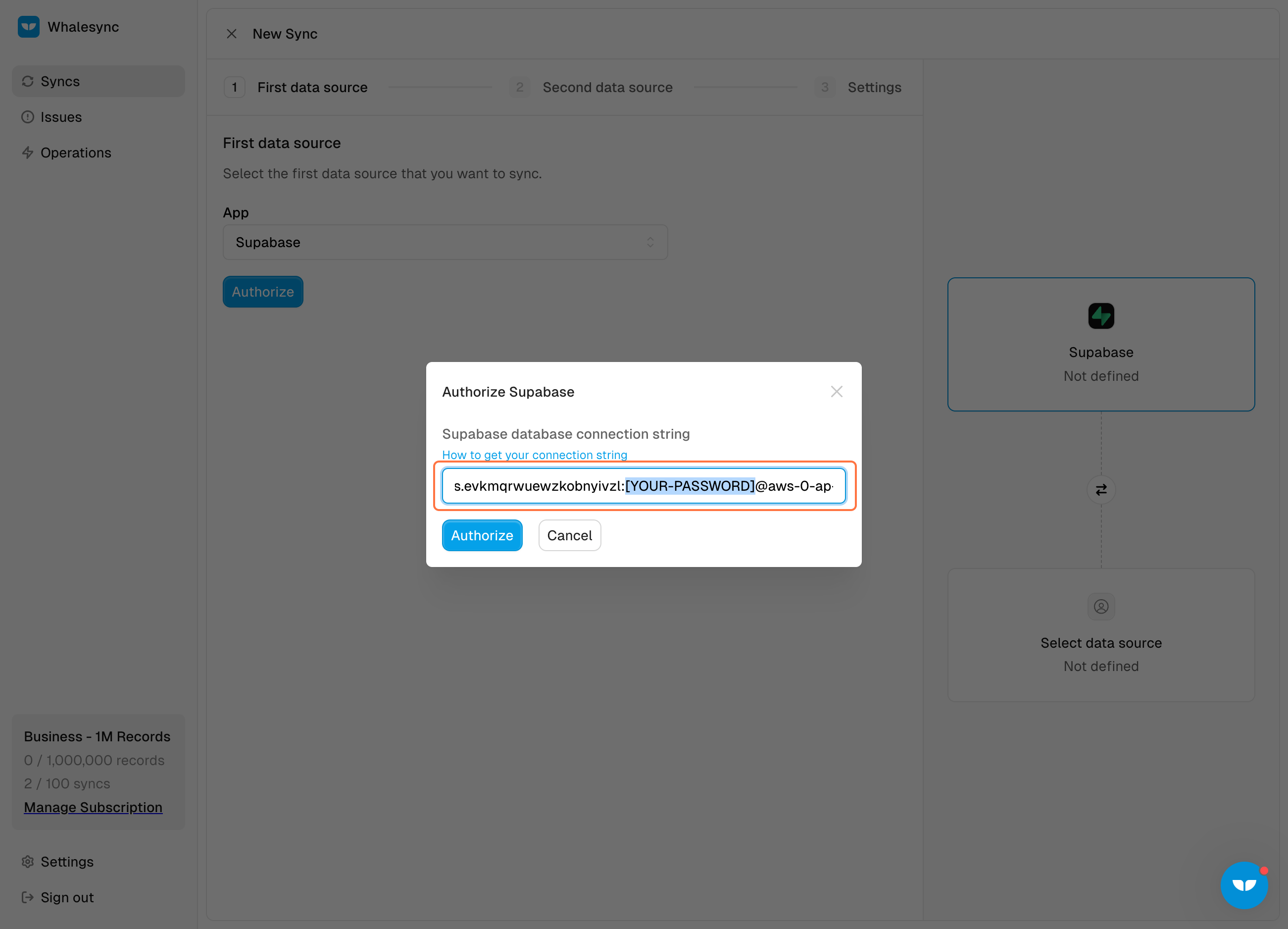
6. Select your second app - Notion
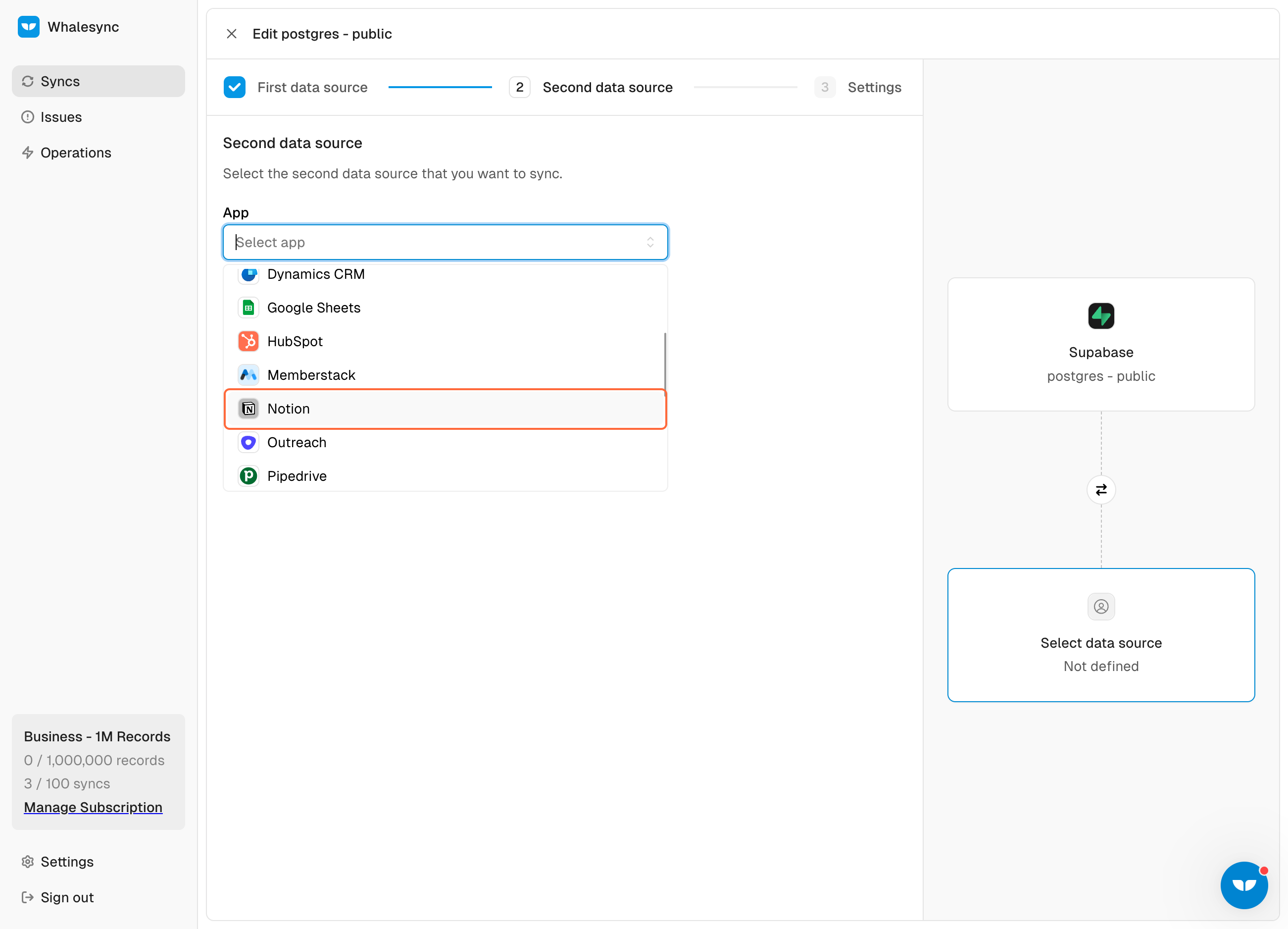
7. Click on Authorize

8. Authorize your pages with Notion OAuth
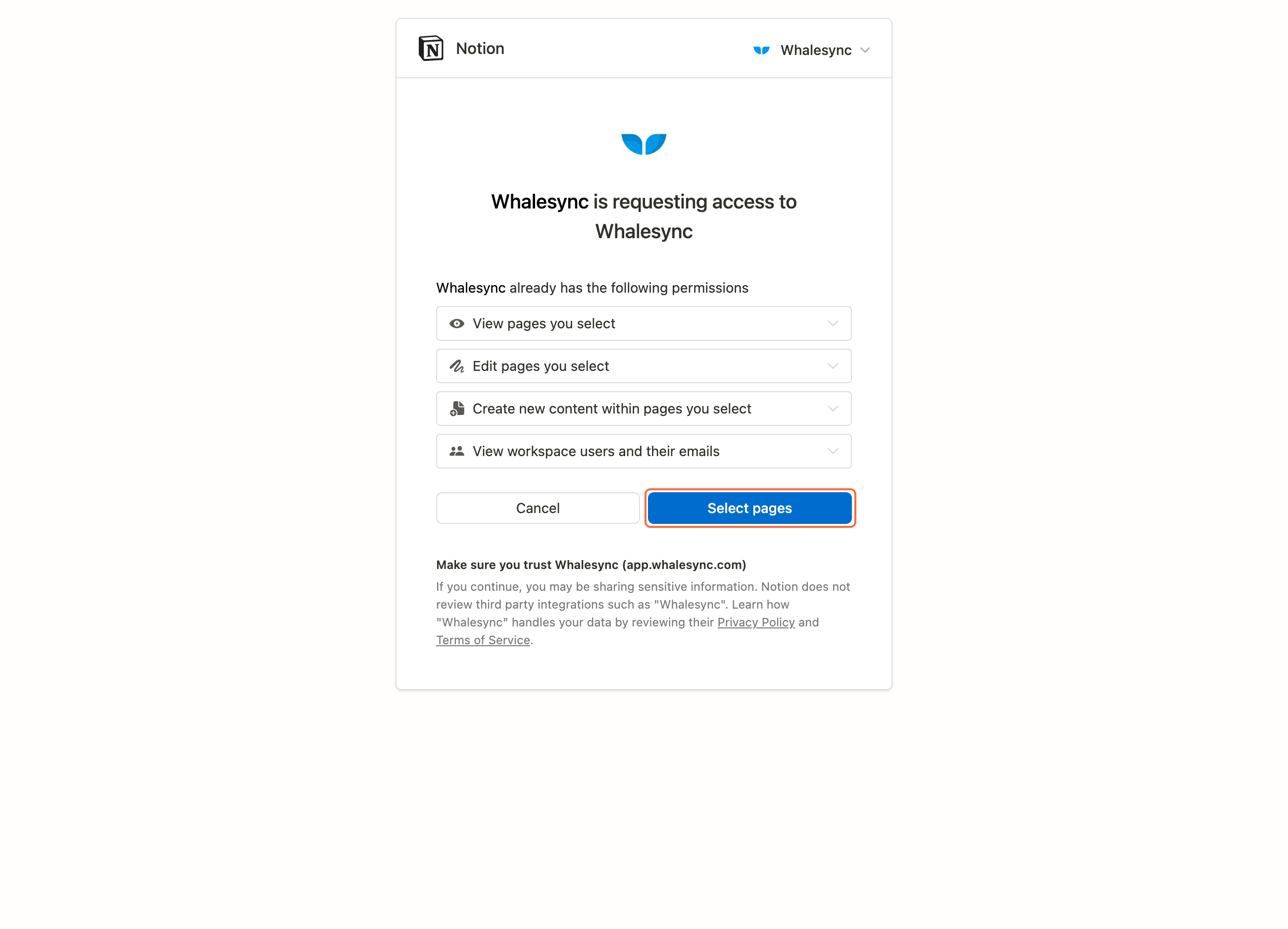
9. Save your connection

10. Click on Continue
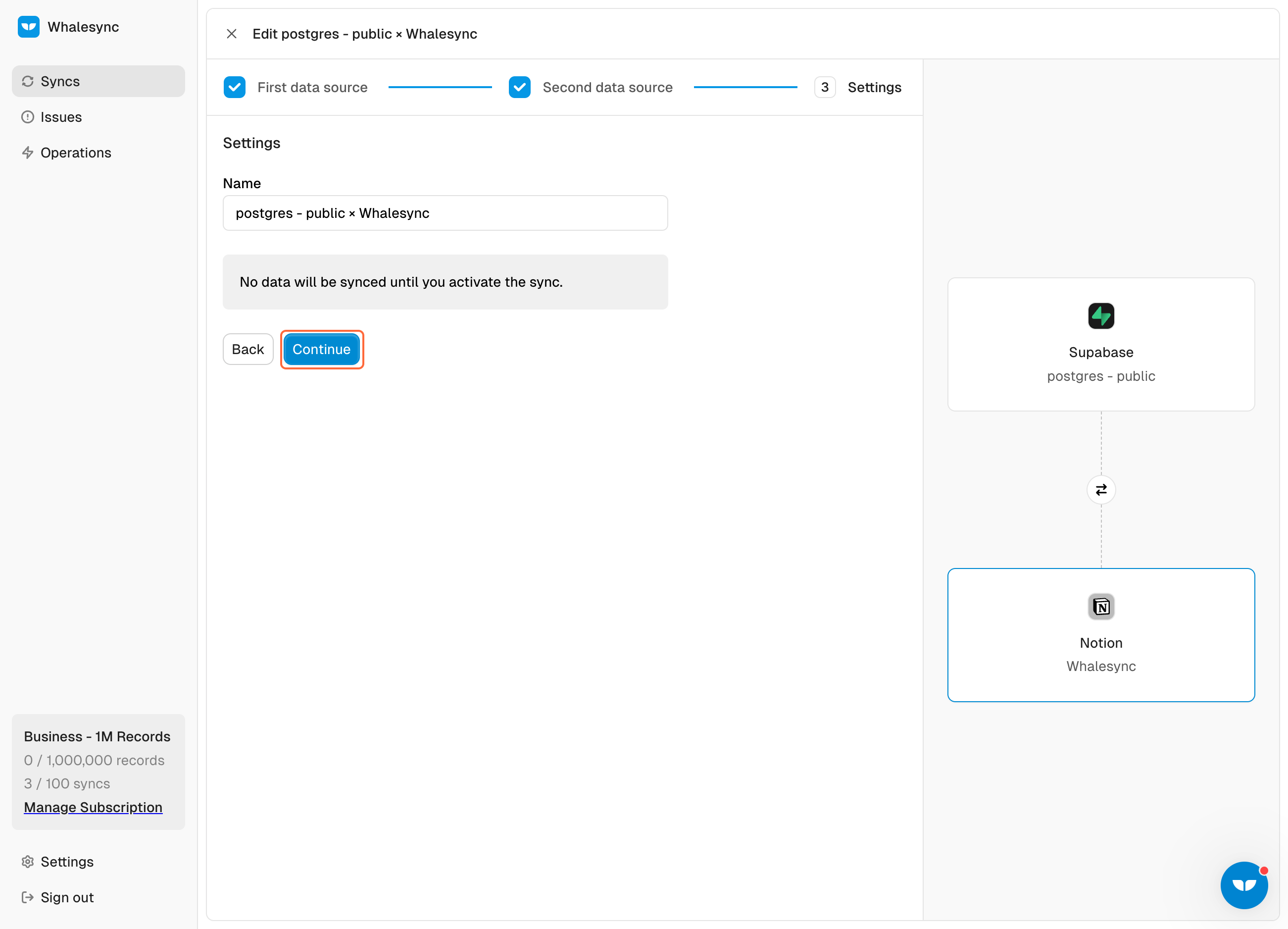
11. Move on to Table Mappings

12. Create your Table Mapping
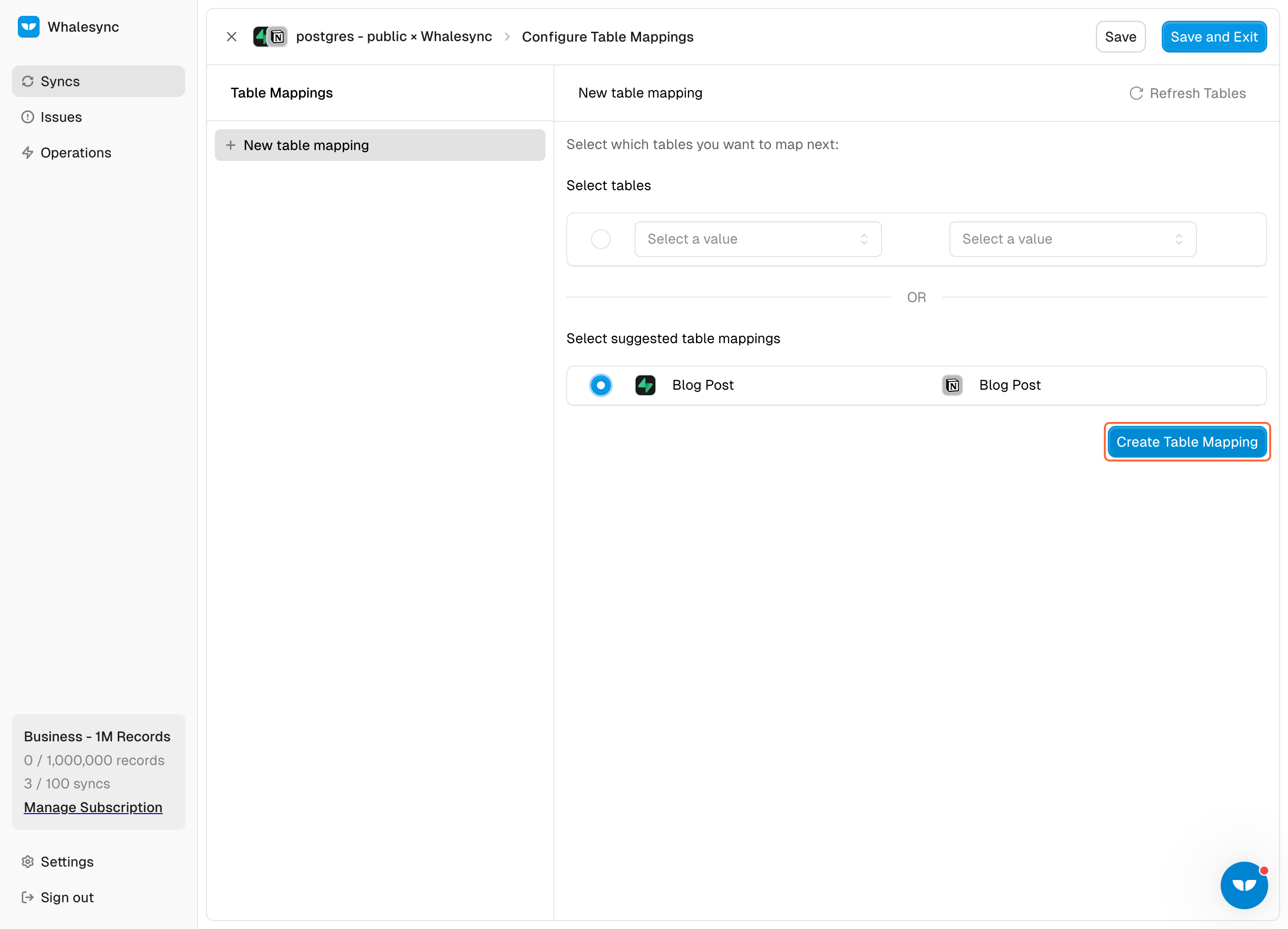
13. Map your fields
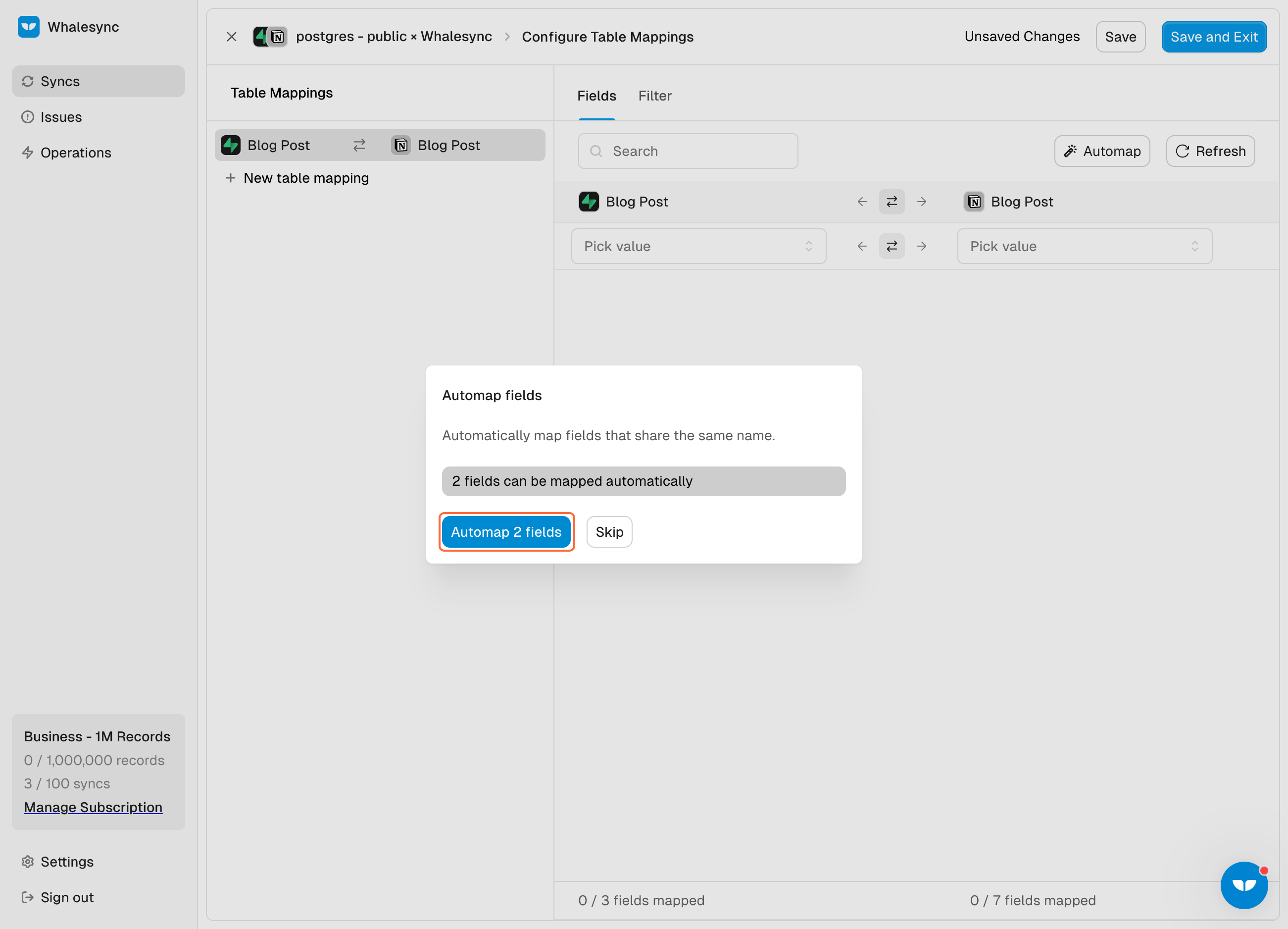
14. Click on Save and Exit

15. Start your initial syncing
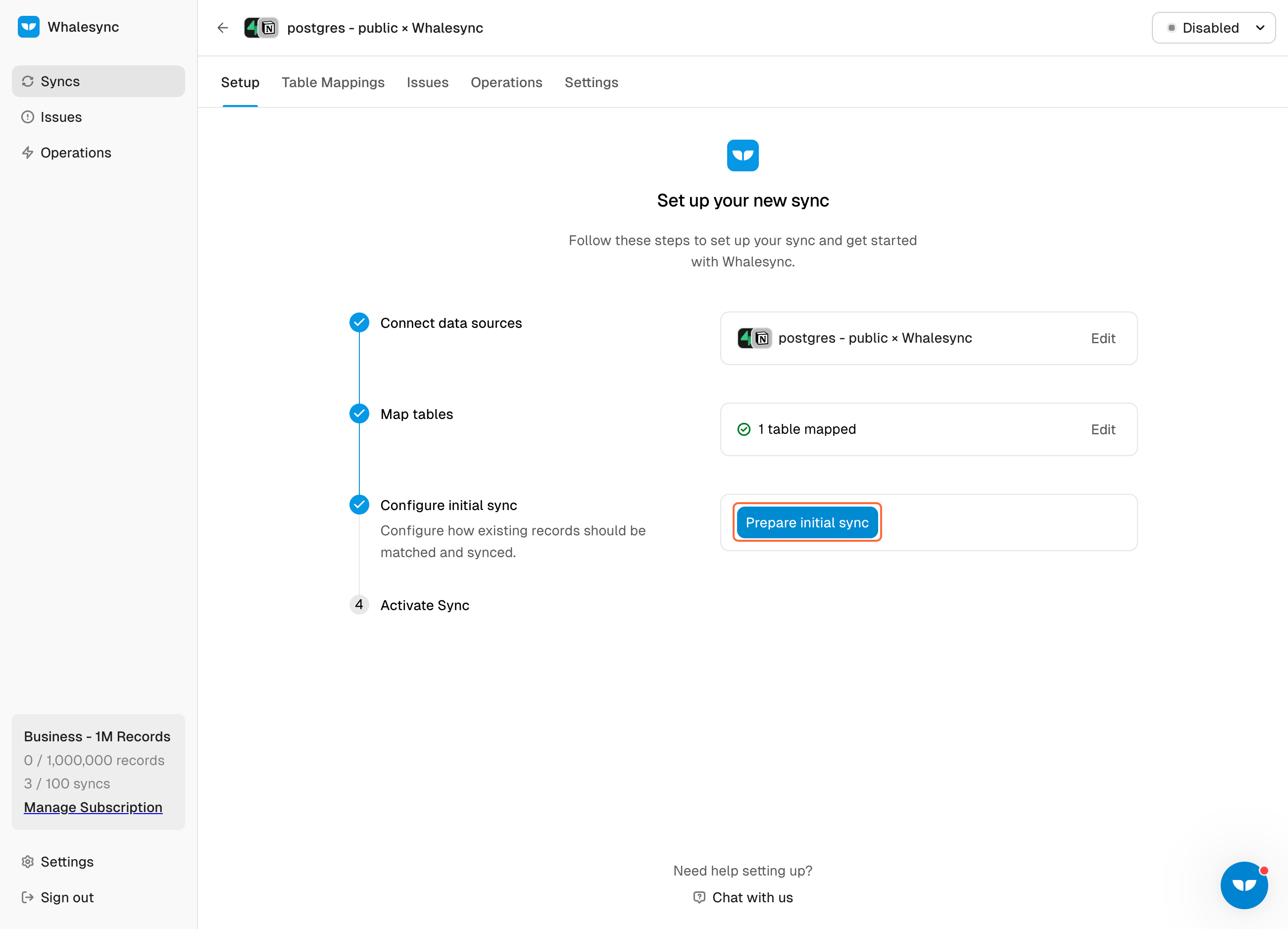
16. Preview your initial sync
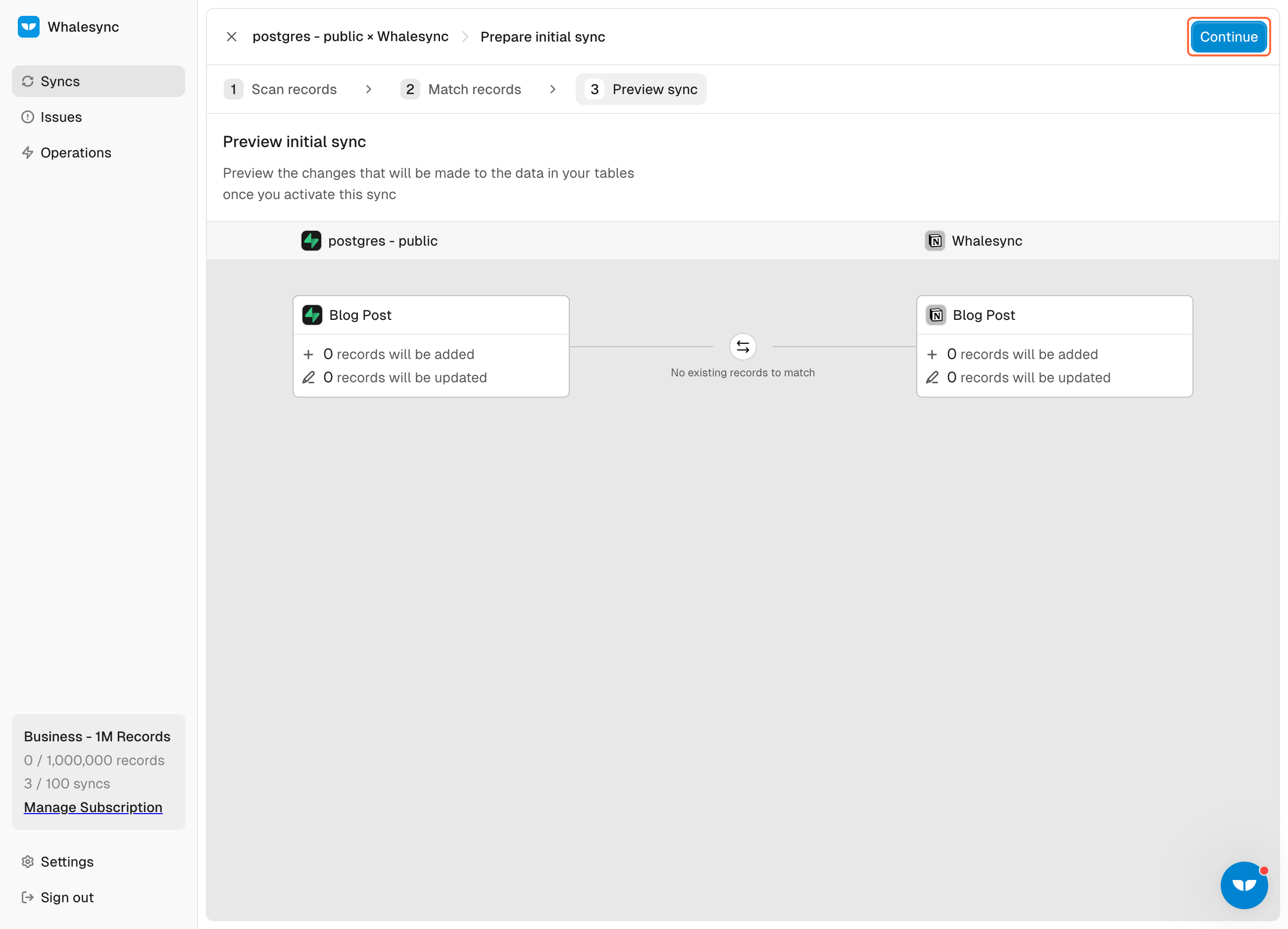
17. Click on Activate your Sync

18. Congratulations! You just synced your Postgres and Notion bases 🎉
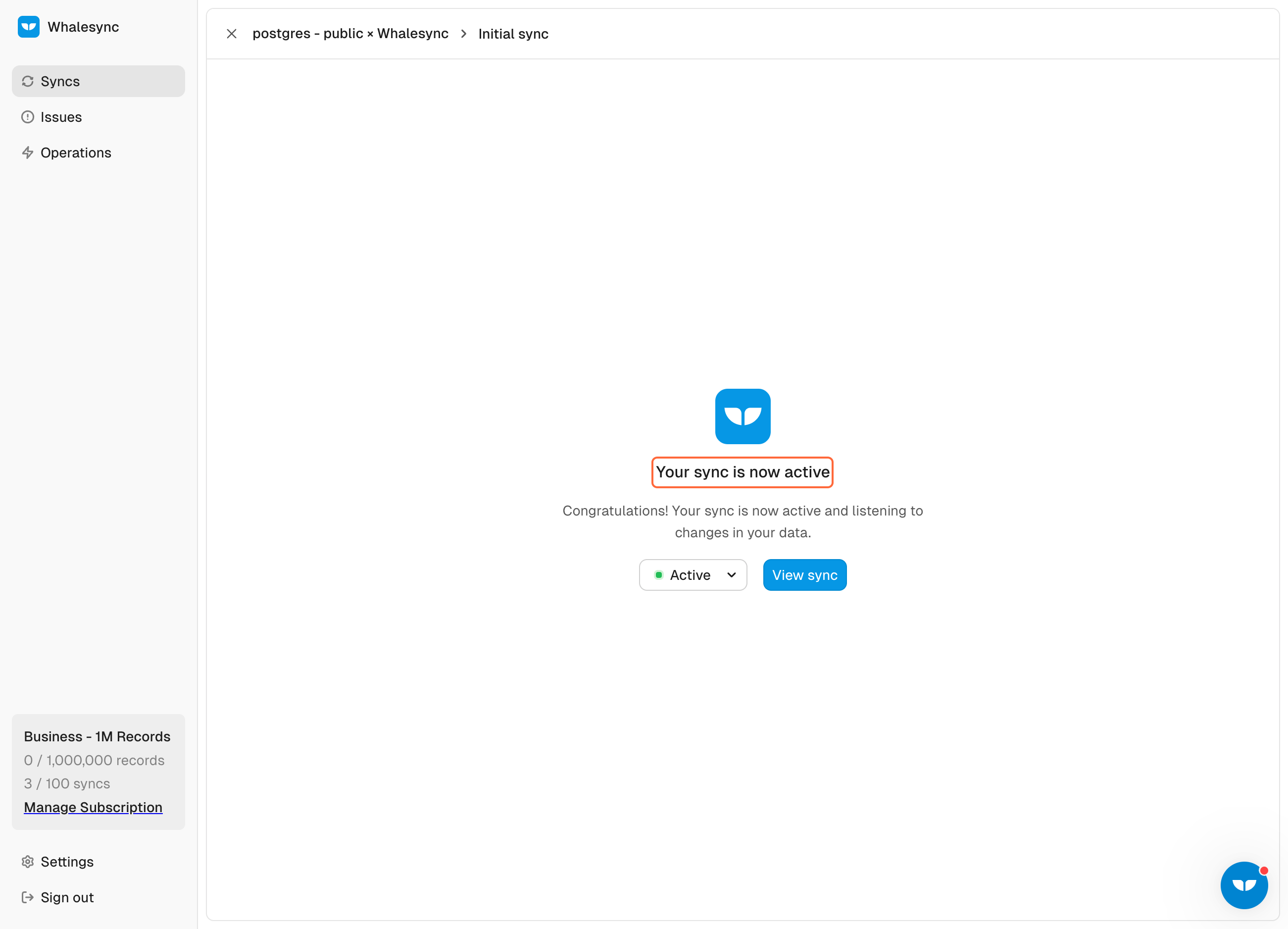
Subscribe for more
Stay up to date with the latest no-code data news, strategies, and insights sent straight to your inbox!
Thank you for subscribing!
Oops! Something went wrong while submitting the form.
Keep reading






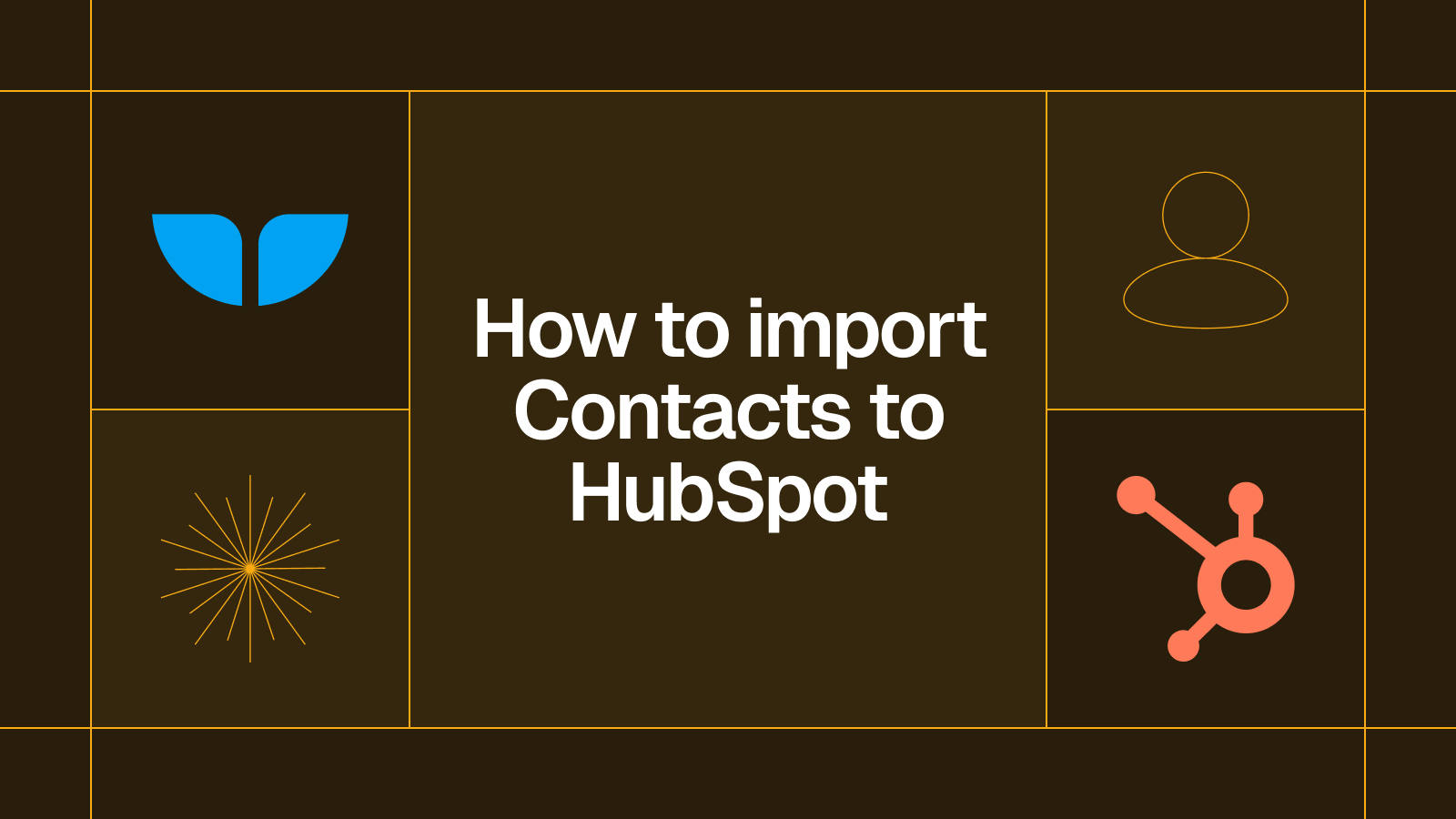
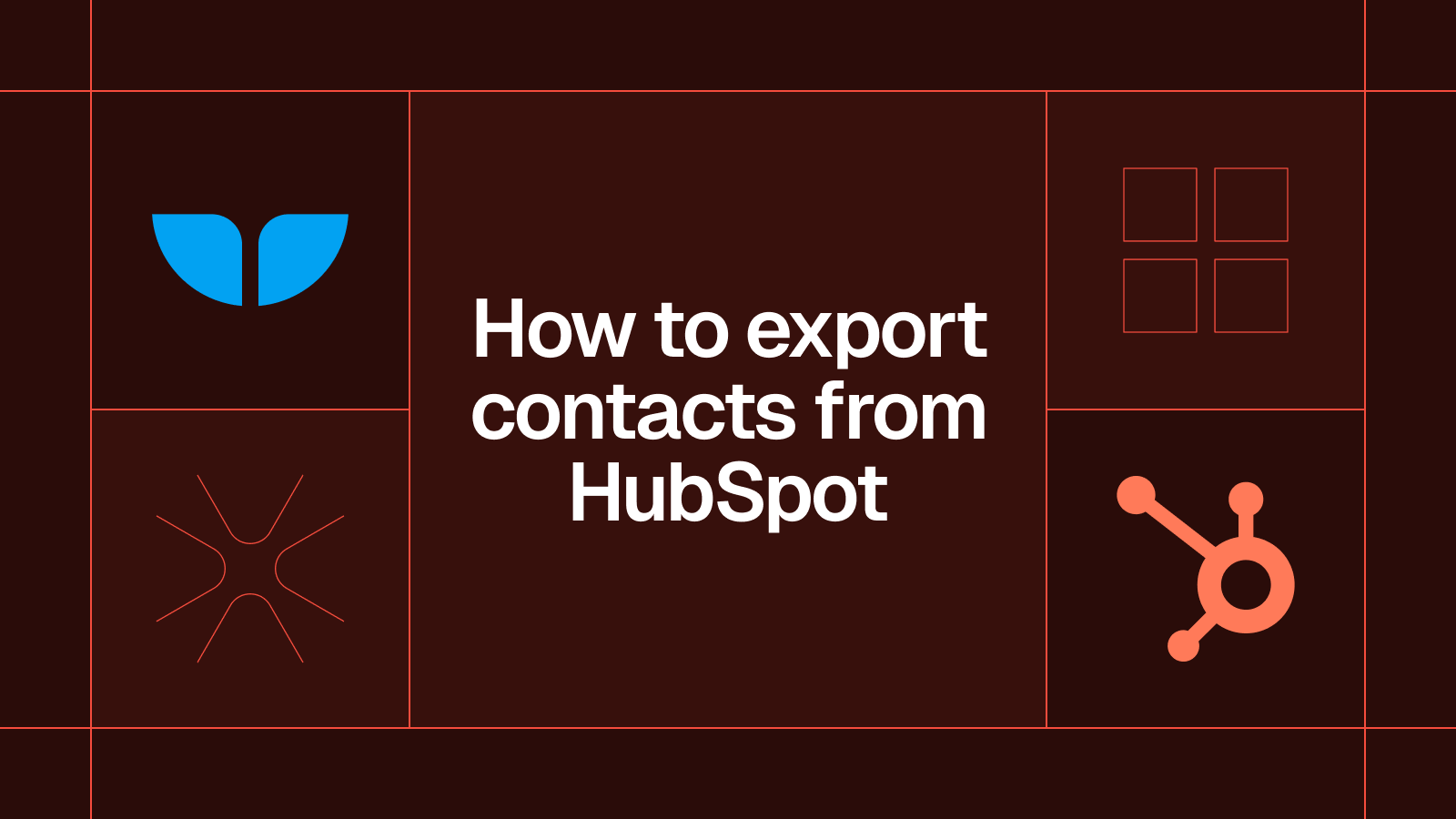




.svg)




.svg)

